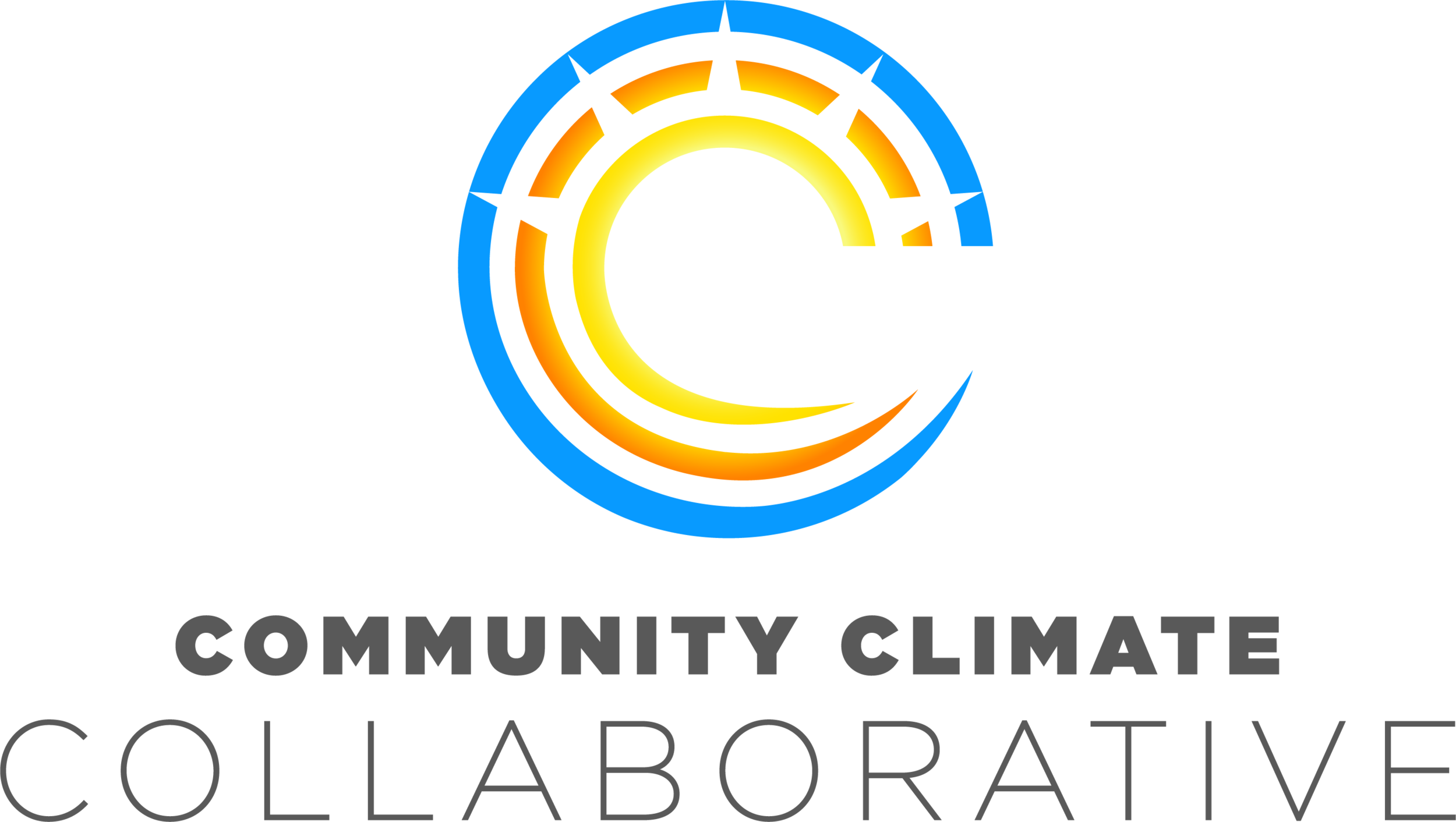Harvesting Health
Jeanette Abi-Nader, the Executive Director for the City Schoolyard Garden (now Cultivate Charlottesville ) has been reckoning with the connection between the food system and climate change for a long time.
"Food is a vehicle not only for social justice and community building, but also for carbon responsibility,” Jeanette told me when we sat down to speak at the C3 office. She then paused towards the end of her sentence, and with a wink of her ice-green eyes, asked, "And what does it mean when you put it all together?”
* * * * *
Since 2013, Jeanette has worked with Cultivate Charlottesville to engage youth in gardens at 8 Charlottesville public schools, helping students learn what it takes to nurture a plant from seed all the way to their plates. Jeanette says of this work, “I think developing that relationship is the first step towards becoming an environmental steward, because you recognize that the environment is something to care about and be preserved.” As one middle school student involved in the program recently shared: “being in the garden taught me how to take care of life.”
Before getting involved with Cultivate Charlottesville, Jeanette worked for over a decade with the national food justice non-profit Community Food Security Coalition, and recalls this time as pivotal in realizing “what a privileged position it is to make a choice around your food.”
Food choice as food privilege is not always apparent at first glance, especially in an affluent community like Charlottesville. Yet 1 in 3 Charlottesville city school students are obese or overweight, and many suffer from childhood diabetes, the highest rate (42%) among African American children. In an interview conducted by City Schoolyard Garden, a lot of students shared that they’re not getting the lunches or not getting healthy lunches, and are tired and hungry during the day. “On a very basic level,” Jeanette remarked, “if you’re not well fed, it’s hard to show up and be your vibrant self at school.”
One activity that Cultivate Charlottesville facilitates is called a “Food-Miles” project, where students take what they ate for breakfast and they try to figure out how many miles their food has traveled. Food bought at the store – which has often traveled hundreds or thousands of miles before arriving on a student’s plate – starts to look more complicated next to food grown in the school garden, which has made a comparatively small journey of about a hundred feet.
The distance our food has traveled to reach us, as well as how far we have traveled to reach our food – are both questions that reflect not only our place in the economy, but also how much the production of our food contributes to climate change. In an effort to further illuminate and challenge such connections between social, environmental, and economic realities, Cultivate Charlottesville founded the Charlottesville Food Justice Network; rooted in the understanding that access to fresh, healthy food is not only a human right, but inextricable from a sustainable future.
There’s a principle in farming that crop diversity creates a stronger and more resilient ecosystem. “But it’s not just the number of species in that system,” Jeanette specifies, “it’s the relationship between them. And that’s a core tenant of how I want to look at our work: it’s not just the fact that we’re looking at the personal systems, or the community systems, but that we’re trying to build relationships between them.”
The relationships between.
Between the miles our food has traveled and the Charlottesville student who is still hungry at school; between steep local housing costs (40% of income for low-income communities) and pinched food budgets; between bloated food pathways and a changing climate; between the origins of our food and the trajectory of our health; between the shape of our society and the shape of a single, locally harvested seed; between a student whose work is “helping her take care of life” and the root system of which she is a part.
Each of these relationships – and the spaces between – are living, breathing examples of climate connection in our community.

